Running out of paprika? Here are the top 5 substitutes you can use right now: Cayenne Pepper (for heat), Chili Powder (for Tex-Mex), Smoked Paprika Alternative (for smokiness), Chipotle Powder (smoky heat), and Bell Pepper Powder (sweetness and color). Each has unique flavor profiles and uses, as detailed below.
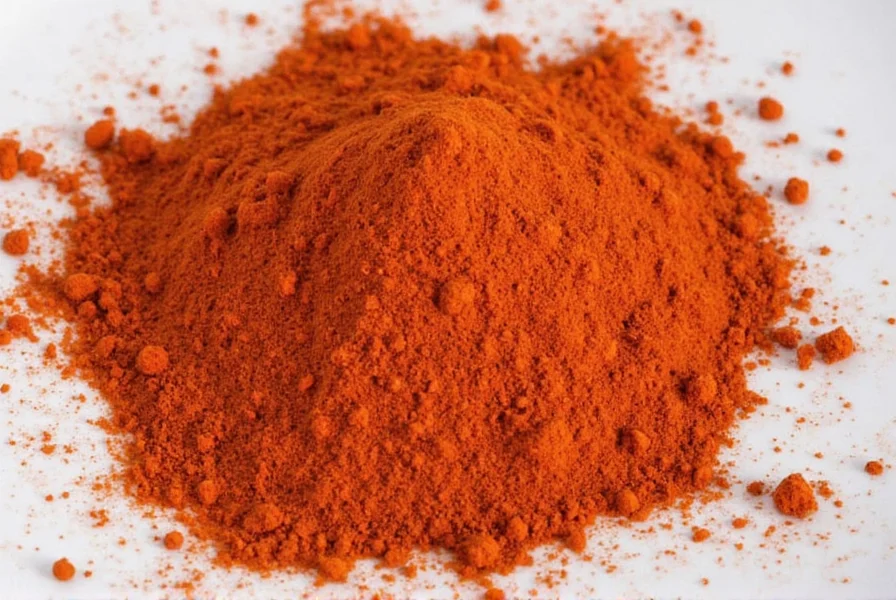
Whether you're making chili, tacos, or a smoky rub, these alternatives will keep your dish flavorful and colorful.
What Is Paprika Anyway?
Paprika is a ground spice made from dried bell peppers and chili peppers. Depending on the region and processing method, it can be sweet, spicy, or even smoky. Some popular varieties include:
- Sweet paprika – Mild and slightly fruity
- Smoked paprika (Pimentón) – Adds a deep, barbecue-like flavor
- Hot paprika – With varying levels of heat
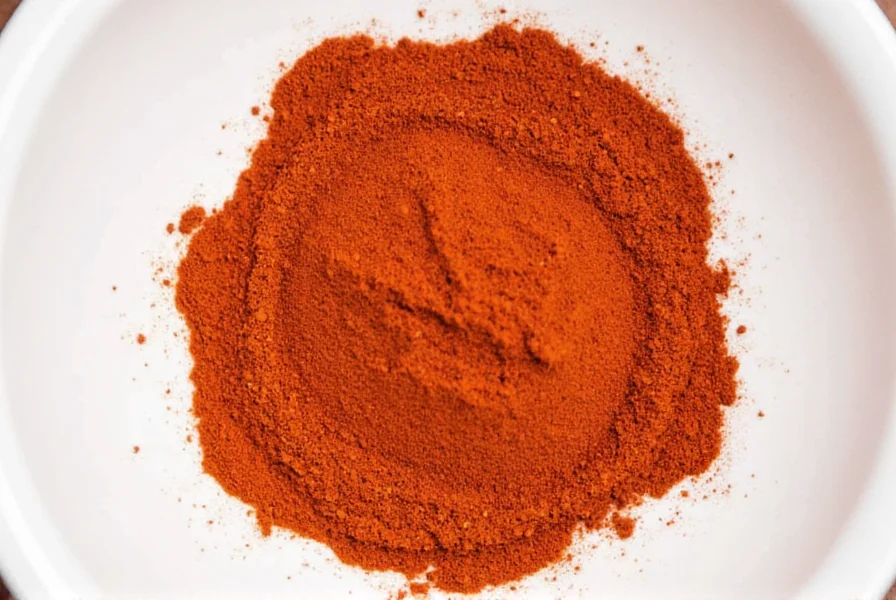
Used across cuisines from Central Europe to North Africa, paprika brings both flavor and vibrant red color to dishes like stews, rubs, marinades, and sauces.
Why Would You Need a Substitute?
There are plenty of perfectly valid reasons you might need a substitute for paprika:
- It's out of stock at your local store
- You have a mild allergy or sensitivity
- Your pantry just ran dry mid-recipe
- You want a different flavor profile but a similar texture
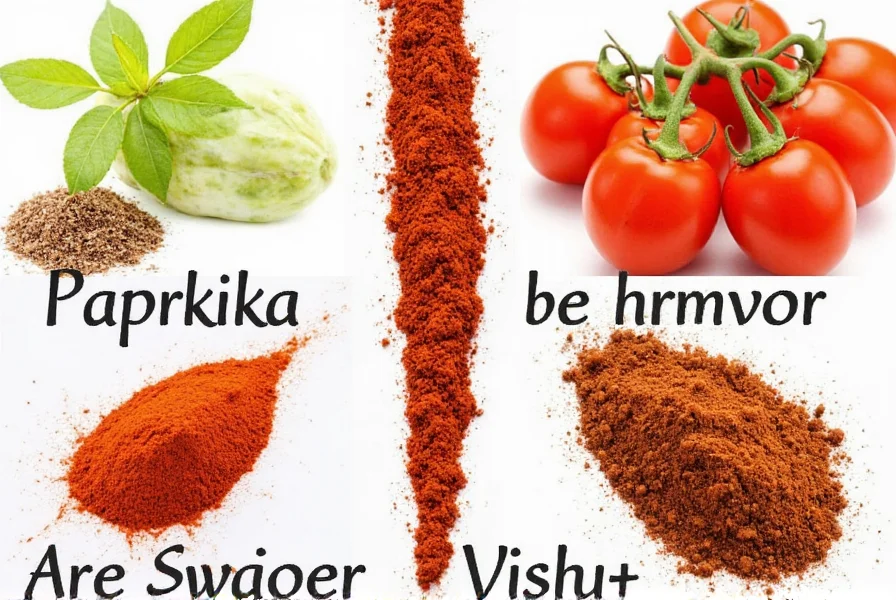
Luckily, nature and spice racks alike offer some excellent stand-ins that can bring a similar essence — or even introduce something new and exciting!
Top 5 Substitutes for Paprika
Here’s your quick rescue squad list for when paprika isn’t available:
- Cayenne Pepper – For heat lovers
- Chili Powder – A flexible blend
- Smoked Paprika Alternatives (Charred Peppers) – When smoke is key
- Chipotle Powder – Smoky AND spicy
- Pimento or Bell Pepper Powder – For sweetness and color
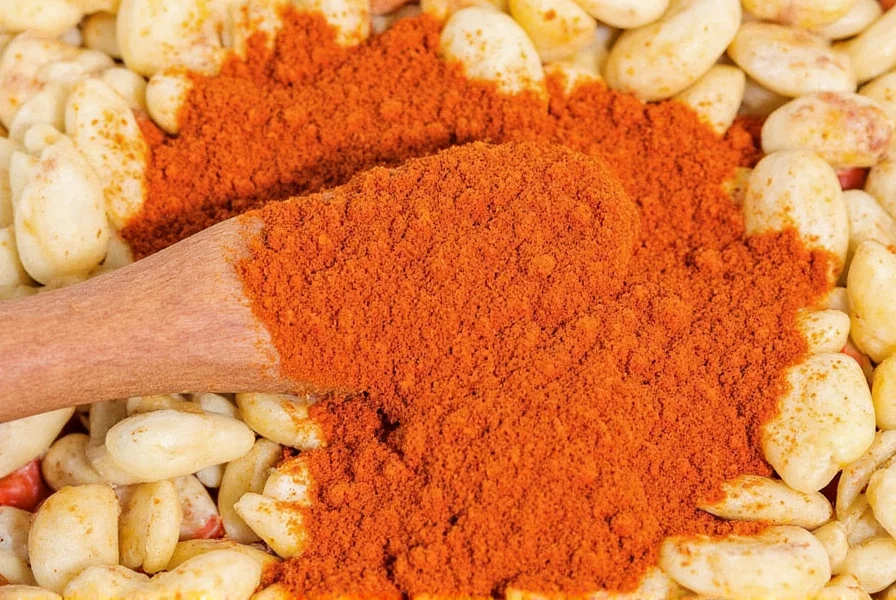
Let’s dive deeper into each one to understand what makes them work — and when to reach for which.
Cayenne Pepper
If you're looking for a fiery alternative to hot paprika, cayenne pepper has your back. It’s much spicier than most paprika varieties, so use it sparingly — about half the amount called for.
- Flavor Profile: Hot, peppery, with a slight earthiness
- Best For: Dishes needing a kick (like chili, soups, or hot rubs)
Chili Powder
This is more of a spice blend than a single ingredient — usually including ground chilies, cumin, garlic powder, and sometimes oregano.
- Flavor Profile: Earthy, warm, with a moderate level of heat
- Best For: Tex-Mex recipes, tacos, enchiladas, or hearty stews
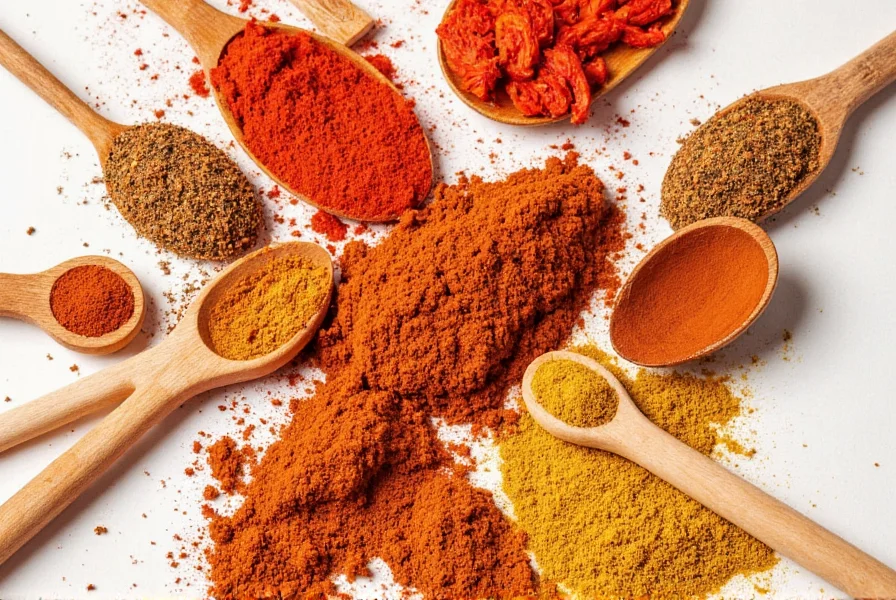
Smoked Paprika Alternatives (Charred Peppers)
If smoked paprika is your go-to, try using charred red bell peppers. Dehydrate them and grind into a powder or use fresh in sauces where you don’t need the exact texture.
- Flavor Profile: Deep, roasted, and smoky
- Best For: BBQ rubs, sauces, dips, grilled meats
Chipotle Powder
Made from smoked and dried jalapeños, chipotle offers both heat and smokiness.
- Flavor Profile: Smoky, spicy, rich
- Best For: Southwest dishes, grilled veggies, meat marinades
Pimento or Bell Pepper Powder
If you miss the sweet side of paprika, dried pimento or bell peppers ground into powder can mimic the sweetness and color without any heat.
- Flavor Profile: Mild, slightly sweet, vibrant
- Best For: Garnishing creamy sauces, rice dishes, or potato salads
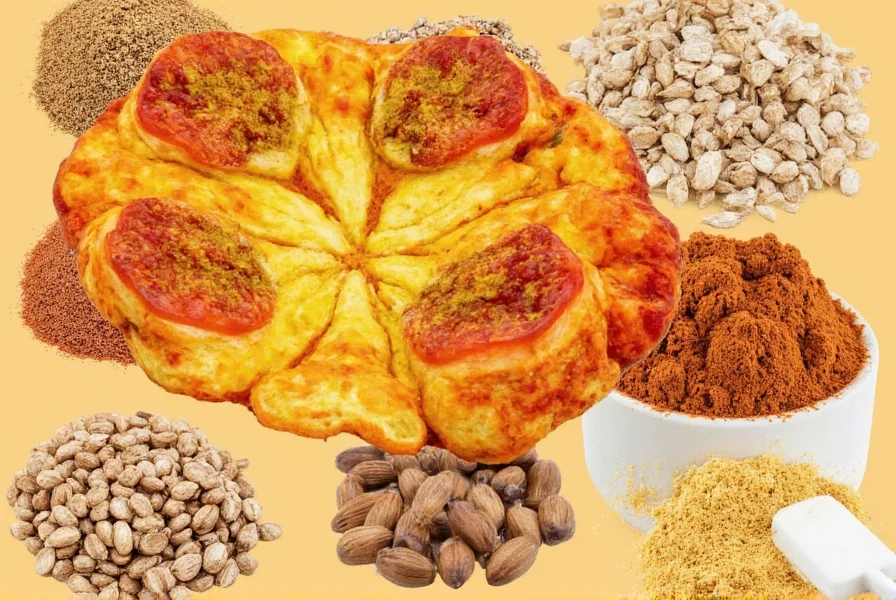
| Substitute | Heat Level | Flavor Notes | Best Use | Texture Similarity |
|---|---|---|---|---|
| Cayenne Pepper | High | Peppery, sharp, earthy | Spicy dishes (e.g., chili, soups) | High |
| Chili Powder | Medium | Earthy, warm, complex | Tacos, enchiladas, stews | Medium-High |
| Smoked Paprika Alternative (Charred Pepper Powder) | Varies | Smoky, roasted, umami-rich | BBQ, sauces, grilled meats | Medium |
| Chipotle Powder | Medium-High | Smoky, spicy, bold | Southwest cuisine, marinades | High |
| Bell Pepper / Pimento Powder | None | Mild, sweet, colorful | Garnishes, creamy dishes | Medium |
Buying Guide for Paprika Substitutes
Choosing the right substitute depends on several factors — flavor profile, dish type, and personal preference. Here’s a detailed breakdown of each option’s features and ideal use cases.
1. Cayenne Pepper
- Features: Fine red powder, potent heat
- Advantages: Affordable, shelf-stable, widely available
- Use Cases: Spicy sauces, hot rubs, chili
- Target Audience: Heat lovers, adventurous cooks
- Occasions: Weeknight cooking, grilling season, taco Tuesdays
2. Chili Powder
- Features: Blended spice mix, usually contains chili, cumin, garlic
- Advantages: Versatile, easy to use as a single substitute
- Use Cases: Mexican-style dishes, soups, bean dishes
- Target Audience: Home cooks, Tex-Mex fans
- Occasions: Casual meals, potlucks, game day snacks
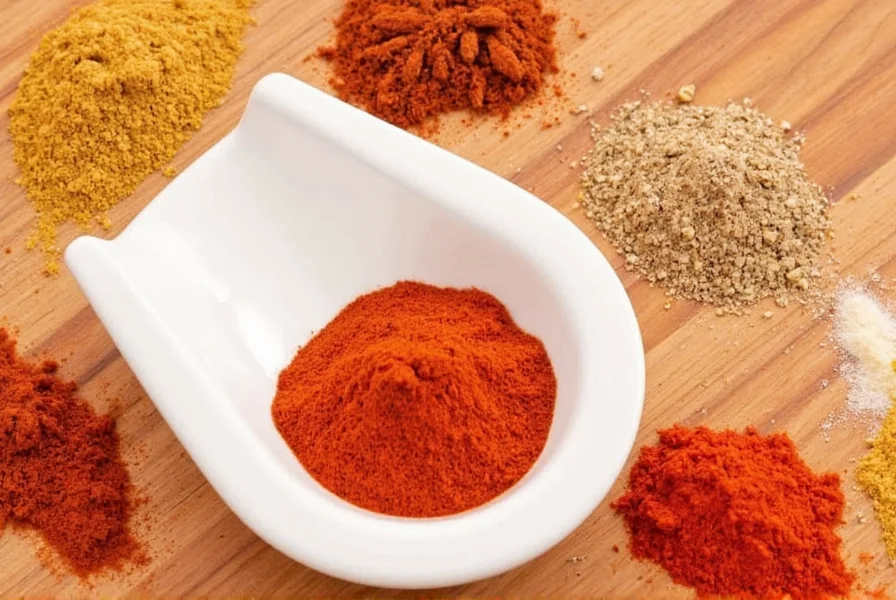
3. Charred Pepper Powder (Smoked Alternative)
- Features: Homemade or artisanal, smoky aroma
- Advantages: Natural, customizable intensity
- Use Cases: Sauces, dips, BBQ, slow-cooked meats
- Target Audience: Foodies, DIYers, grill masters
- Occasions: Weekend cooking, outdoor parties, gourmet touches
4. Chipotle Powder
- Features: Smoky, spicy, concentrated flavor
- Advantages: Unique flavor combo, great for bold dishes
- Use Cases: Marinades, dressings, southwestern dishes
- Target Audience: Flavor hunters, chili connoisseurs
- Occasions: Creative cooking, dinner parties, themed menus
5. Pimento / Bell Pepper Powder
- Features: Sweet, non-spicy, visually vibrant
- Advantages: Colorful garnish, mild flavor
- Use Cases: Rice dishes, creams, pasta, deviled eggs
- Target Audience: Health-focused cooks, visual food lovers
- Occasions: Brunches, lunch bowls, elegant appetizers
FAQ: Spice Up Your Knowledge
Can I make my own paprika substitute?
Absolutely! Try drying and grinding red bell peppers or mixing equal parts chili powder and cumin for a Tex-Mex version.
Is chili powder the same as paprika?
Nope — chili powder is a blend, while paprika is made solely from peppers. However, chili powder can be used as a substitute in some cases.
Will substituting paprika change the color of my dish?
Possibly. Some substitutes may darken or alter the hue slightly, but most won’t drastically affect presentation unless used in large amounts.
Can I use paprika substitutes interchangeably?
Not always — choose based on desired flavor. For example, chipotle will add smokiness AND heat, while bell pepper powder gives only sweetness.
Conclusion: No Paprika? No Problem!
Running out of paprika doesn’t mean your meal is doomed — far from it! With these five flavorful alternatives, you can save the day and maybe even discover a new favorite spice along the way.
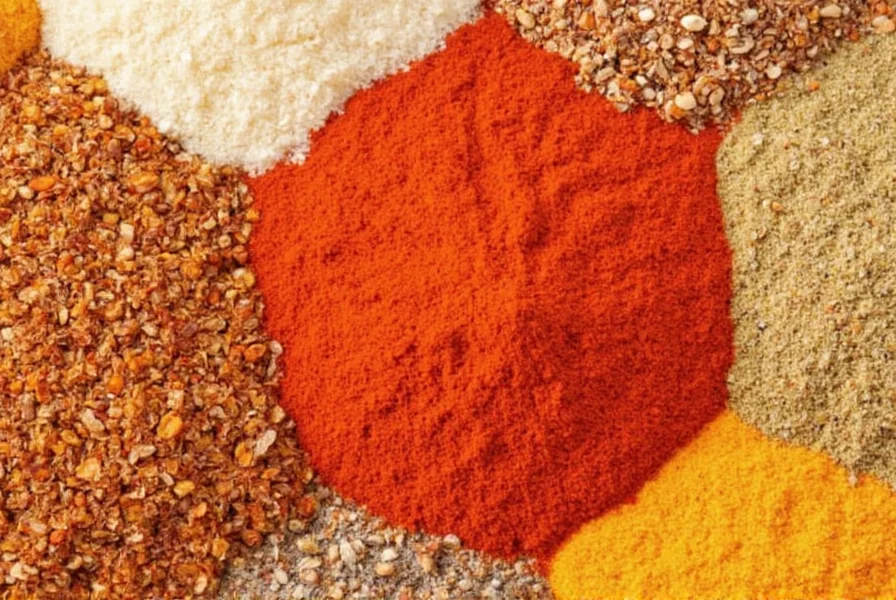
Whether you opt for the fiery zing of cayenne, the boldness of chipotle, or the gentle sweetness of bell pepper powder, there’s a perfect match waiting in your spice rack. So next time paprika takes a vacation, just smile, grab one of these substitutes, and keep on cooking!
Got a favorite paprika substitute we didn't mention? Drop it in the comments — let’s spice up the conversation together!

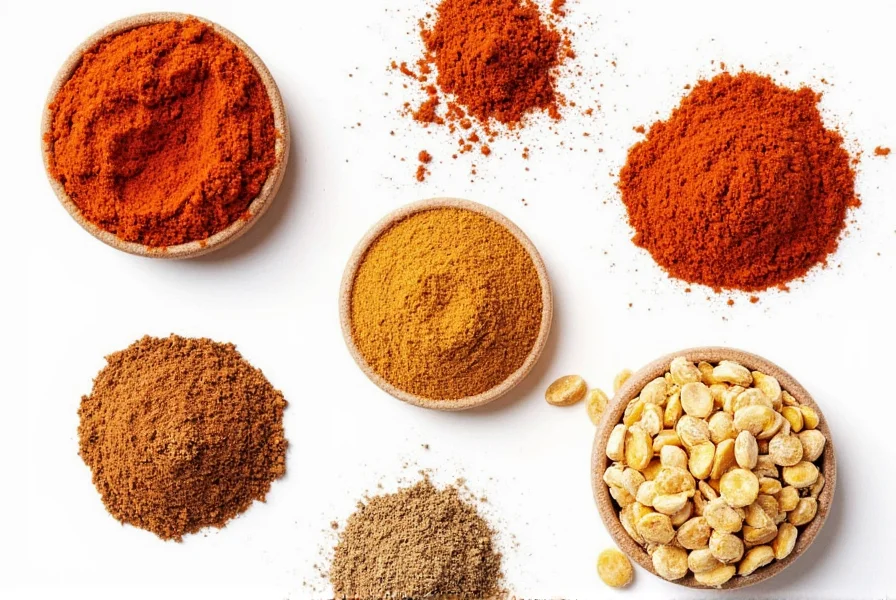









 浙公网安备
33010002000092号
浙公网安备
33010002000092号 浙B2-20120091-4
浙B2-20120091-4